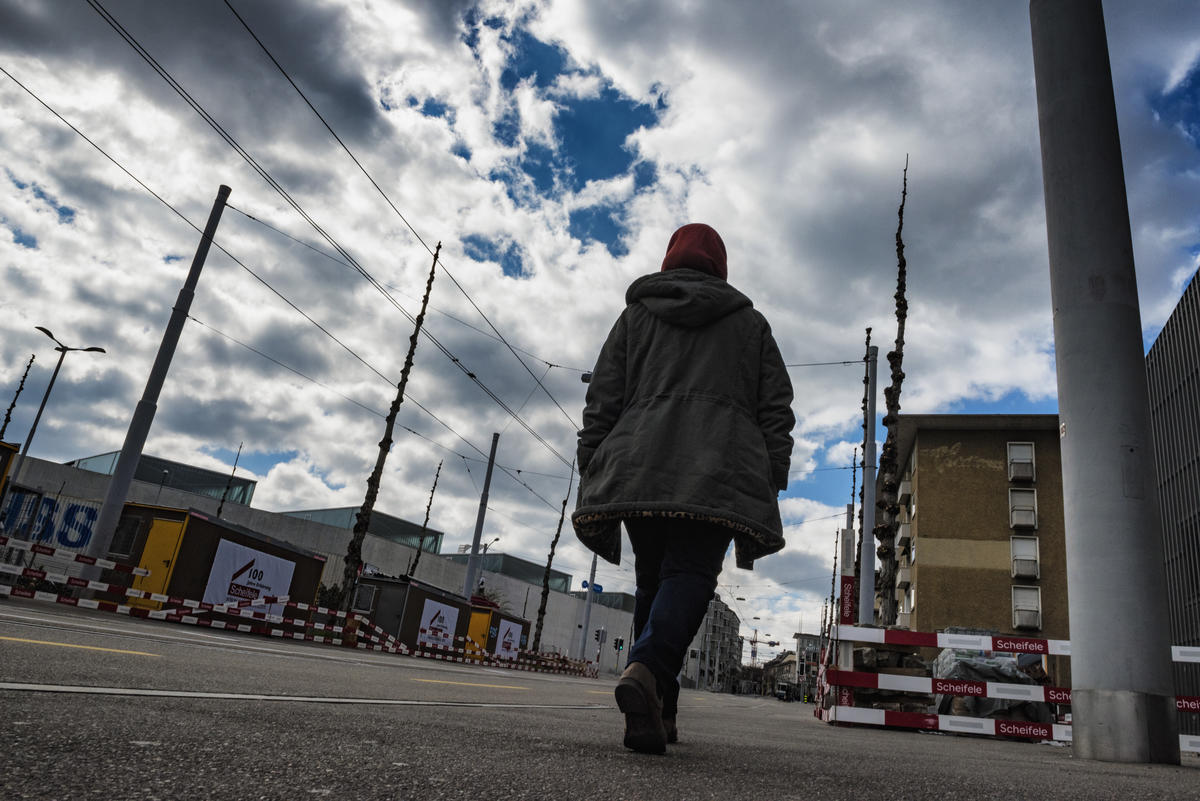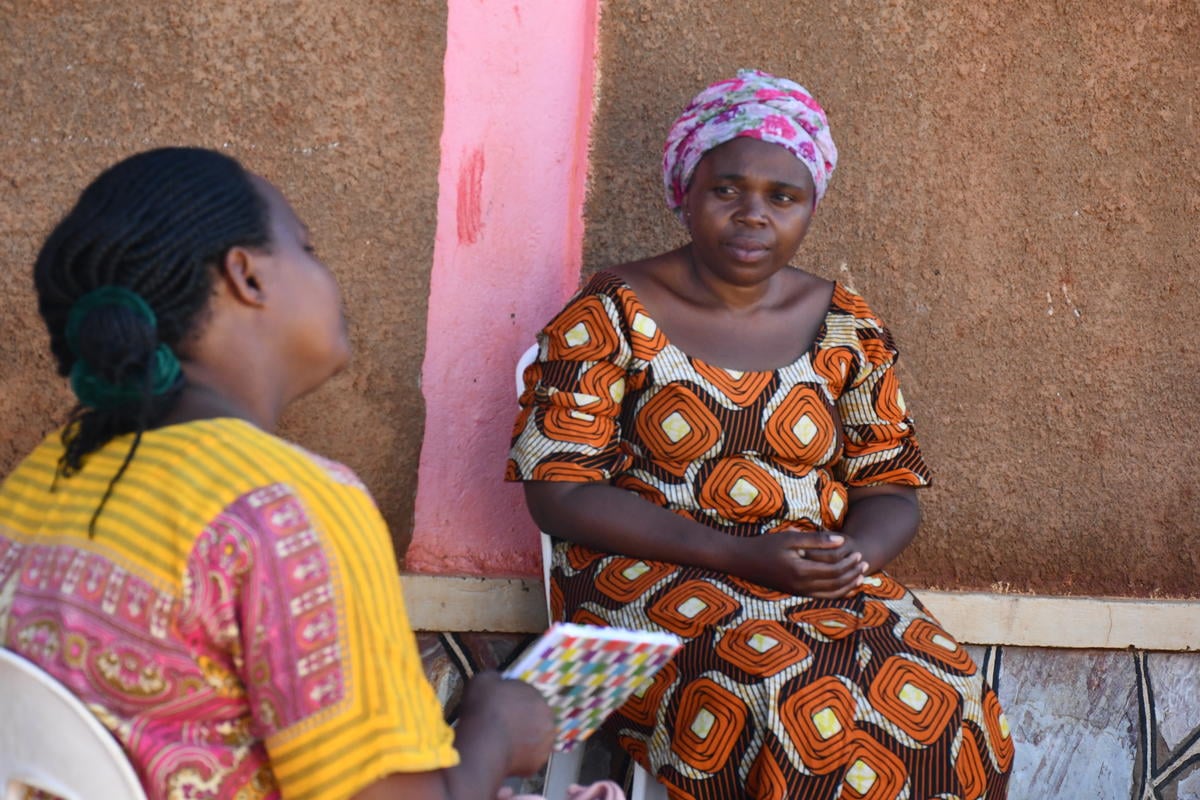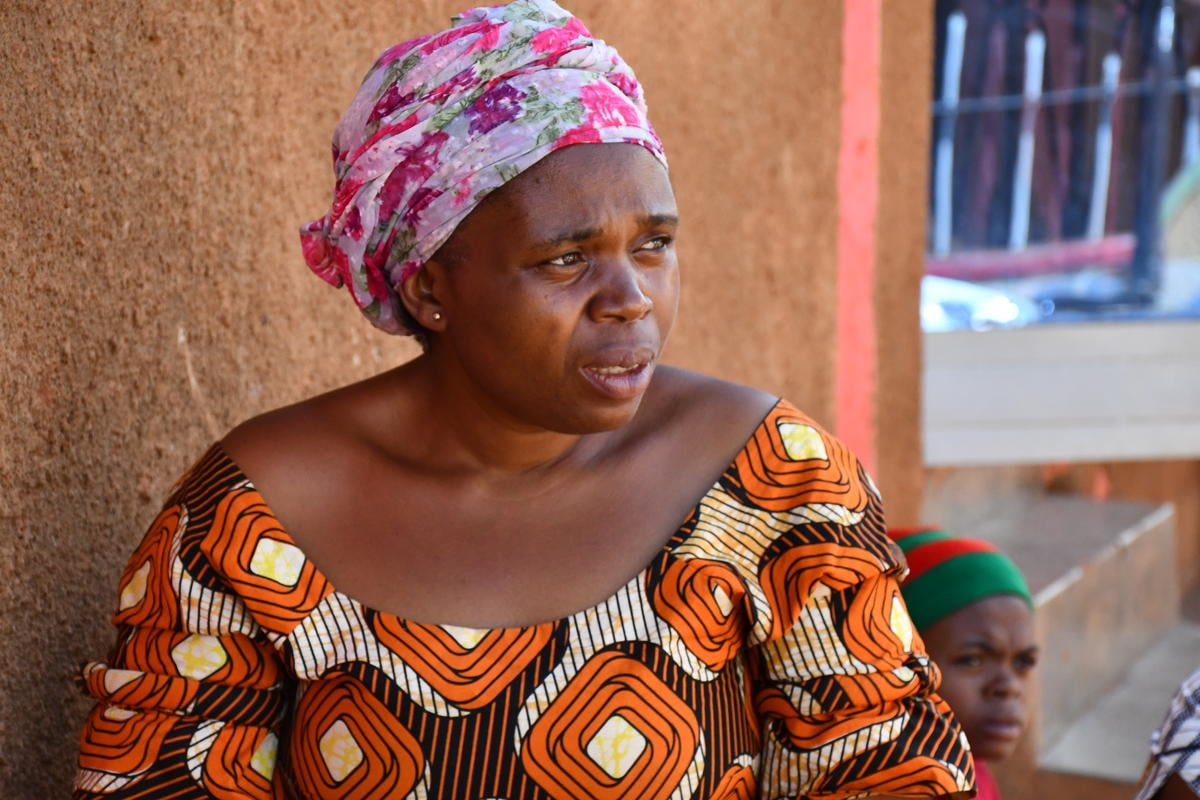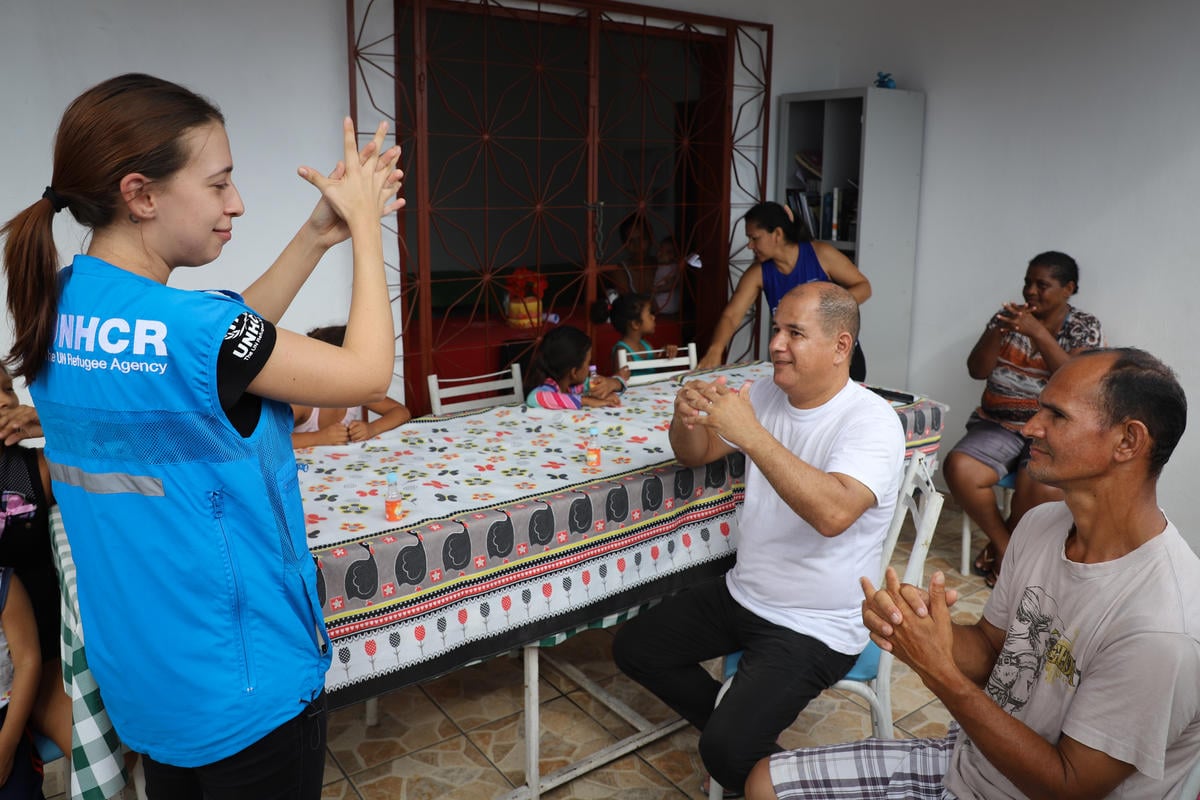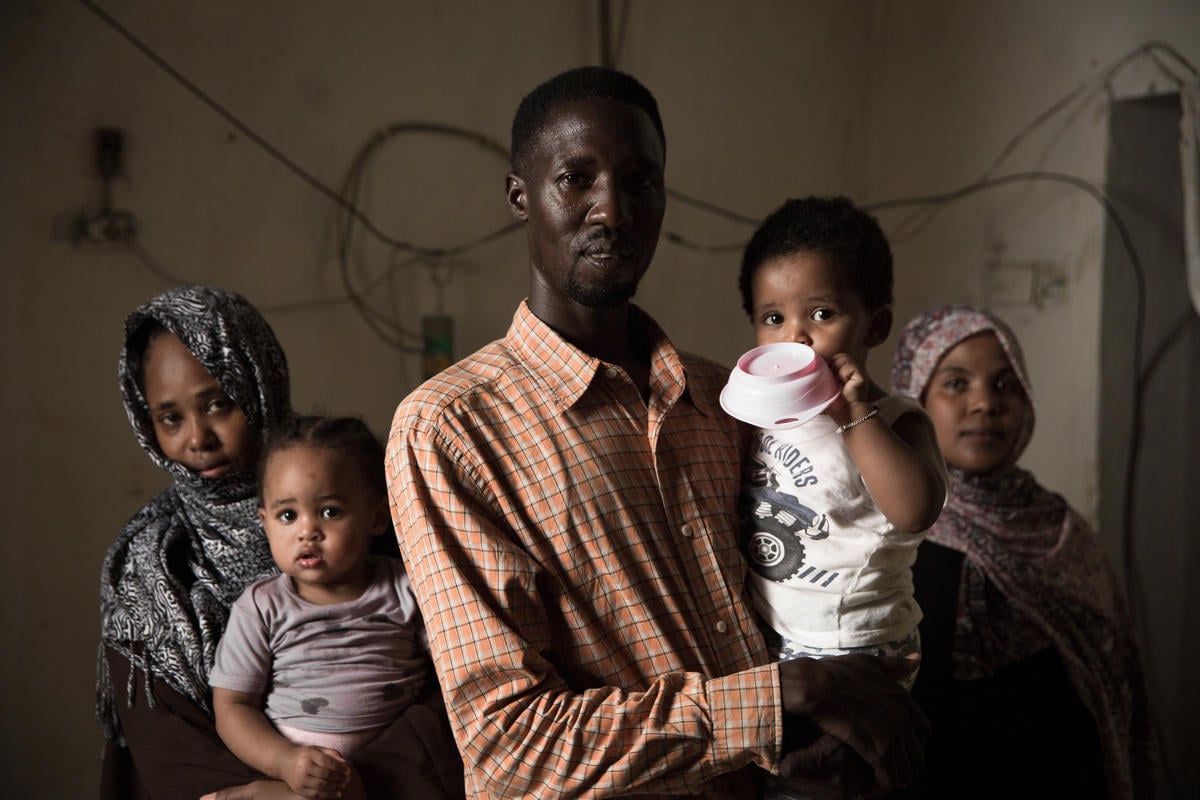Mexico marks 25 years of collaboration with UNHCR
Mexico marks 25 years of collaboration with UNHCR

MEXICO CITY, MEXICO, July 25 (UNHCR) - The Mexican government has held a ceremony and roundtable discussion to mark the 25th anniversary of the UN refugee agency's presence in the country, which has a long tradition of giving asylum.
Senior members of the foreign and interior ministries together with UNHCR officials, including Geneva-based Americas Bureau director, Mérida Morales-O'Donnell, and academics attended Thursday's event at the Ministry of Foreign Affairs in Mexico City.
Morales-O'Donnell, addressing participants, noted the leading role played by Mexico in achieving lasting solutions to the problems of displacement in the region during the 1980s and 1990s. UNHCR opened an office in 1983 to support government efforts to help tens of thousands of Guatemalan refugees who fled their homes and sought shelter in the southern Mexican state of Chiapas.
She also referred to the landmark 2004 Mexico Plan of Action to safeguard refugees in Latin America, which was endorsed by 20 countries in the region at a time when Morales-O'Donnell was UNHCR's regional representative.
Ana Teresa Aranda, an under-secretary responsible for population, immigration and religious affairs, reaffirmed Mexico's commitment to working with UNHCR on the improvement of refugee legislation. During this year's World Refugee Day (June 20), the government announced the drafting of a new refugee law.
Meanwhile, UNHCR, the Mexican Commission of Aid to Refugees, and the aid agency, "Sin Fronteras," signed a Letter of Understanding with the authorities in the State of Mexico - which neighbours the capital - to consolidate a programme aimed at facilitating the integration there of urban refugees from Mexico City.
"The signing of this commitment is the perfect closure of this celebration, as it will lead to the refugees' enjoyment of their rights in their host country," Morales-O'Donnell said. "I hope that this programme will eventually evolve into a future solidarity resettlement programme in Mexico," she added.
Mexico's long tradition of giving asylum to people fleeing persecution goes back to the 19th Century, when North American Kikapu Indians found refuge in the northern state of Coahuila. European refugees escaping fascism in the 1930s were also welcomed, whilst people fleeing dictatorships elsewhere in South America found safety in Mexico in the 1970s and 1980s.
However, Mexico's asylum tradition faces new challenges, with low numbers seeking asylum compared to those fleeing poverty, social disintegration, and destroyed infrastructure.
The situation of people crossing Mexico to the north resembles the flow between Africa and Europe. Refugees are dispersed within a large mixed migratory flow, their plight all but invisible. The challenges to protecting them are enormous as they face ever-increasing control and deportation mechanisms on one hand, and well-organized, often ruthless, people smugglers on the other.
In the absence of an adequate legal framework, UNHCR has supported Mexico's efforts to help those in the mixed migration flows who require international protection. Among the measures, UNHCR has trained nearly 70 migration officials as specialists for unaccompanied minors caught in the often dangerous environment of the border areas.
There are more than 1,600 refugees in Mexico. Most of the recent arrivals originated from Colombia and Haiti, while a few Africans, Asians and Middle Easterners have come to Mexico as part of large mixed migration flows.
By Mariana Echandi in Mexico City, Mexico


